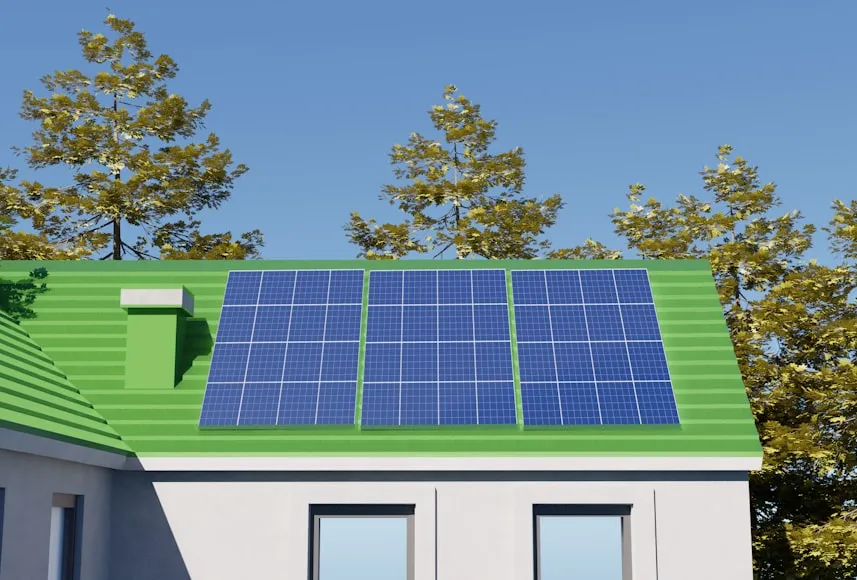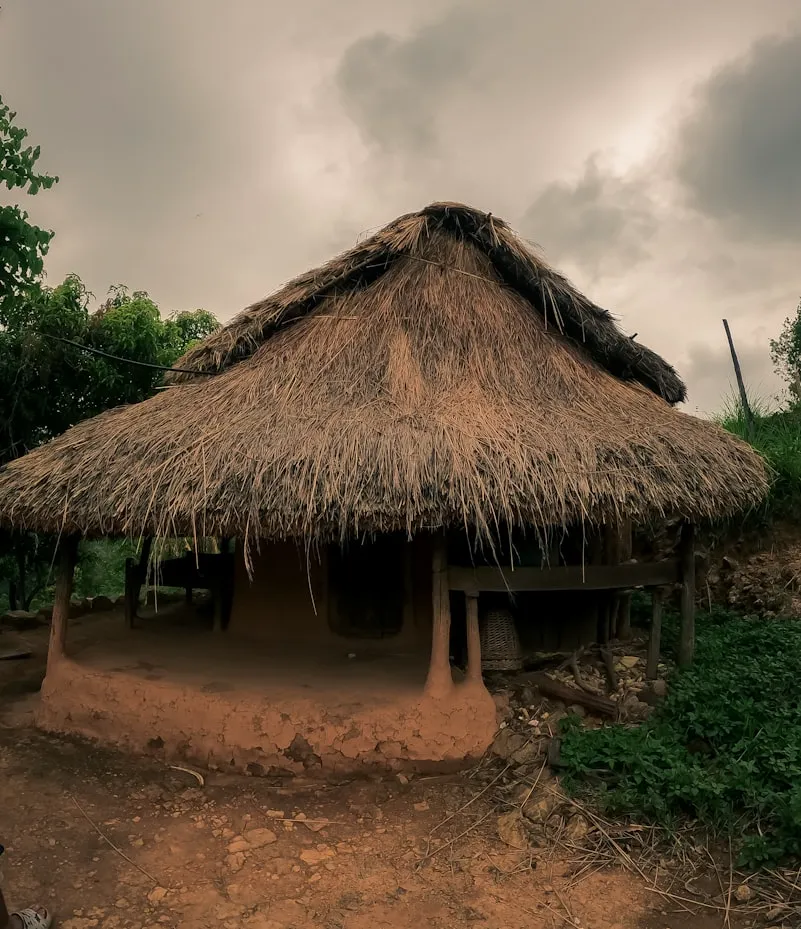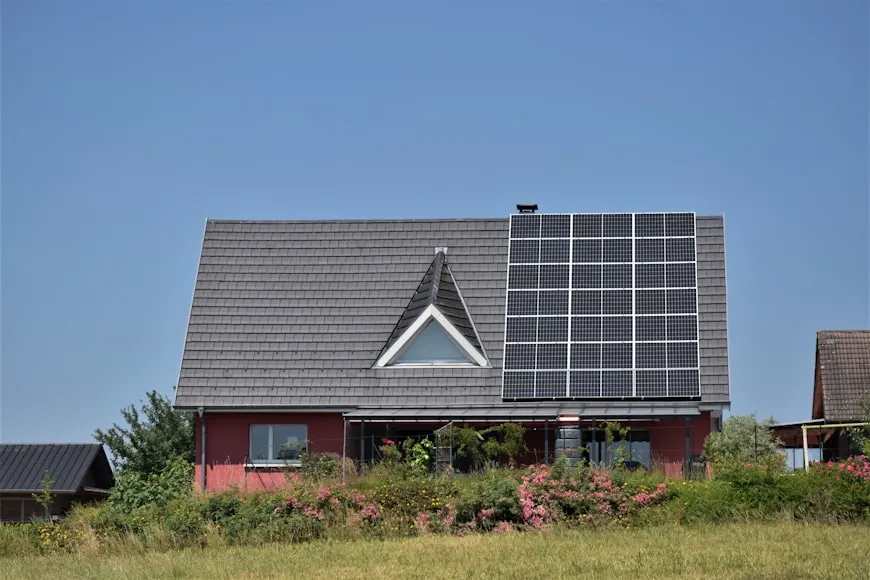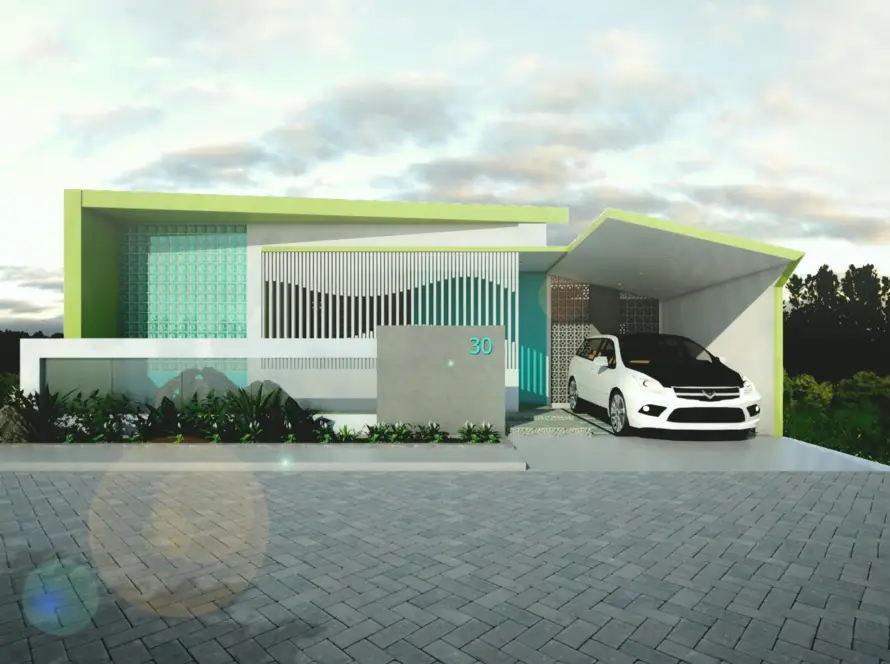
Image by Unsplash+ Community on Unsplash
Table of Contents
Introduction
If you are curious about how buildings in Nigeria are getting smarter and greener, you’re in the right spot. Nigeria architecture design is shifting fast toward sustainability, especially as we face climate shifts, urban growth, and the need for affordable housing.
With a 20-million-unit housing deficit, sustainable designs cut costs and help the planet. You can think of solar-powered homes and recycled materials inspired by traditional Nigerian architecture. This article covers 2025 trends, stats, and practical tips for greener buildings.
RELATED BLOGPOST
Powerful Traditional Nigerian Architecture: Styles & Cultural Roots
Architectural Designs in Nigeria: Blending Tradition with Modernity
Architectural Designs: A Beginner’s Guide to Building Design
6 Top Home Renovation Companies in Nigeria for Quality Services
Key Trends Shaping Sustainable Architecture in Nigeria for 2025
1. Solar-Powered Homes Surge: Nigeria architecture design is seeing a big push toward solar-powered homes, especially in bustling spots like Lagos and Abuja. Solar panels cut energy bills by 30%. Projects like Heritrio Residences show how eco-friendly building designs in Nigeria save money.
2. Recycled Materials Gain Traction: Moving on to recycled materials, this is where things get practical. Bamboo and rammed earth are stars in sustainable architecture in Nigeria 2025. Enugu builders report 20% cost savings using local materials. The FG’s bamboo housing initiative proves affordability and resilience.
3. Traditional Mud-Cooling Revival: Don’t forget the nod to our roots. Traditional mud-cooling techniques from Nigerian architecture design are inspiring modern builds. These passive designs use natural ventilation like courtyards and shaded verandas to keep interiors cool without AC.

Image by Sabin Khanal on Unsplash
4. Proptech Boosts Efficiency: The adoption of proptech, currently at 15% in Nigeria, enhances Nigeria architectural design by leveraging AI tools to simulate energy-efficient layouts, significantly reducing design time and costs.
Stats and Challenges in Nigeria’s Eco-Revolution
Numbers tell a clear story. The real estate market in Nigeria is worth about $2.61 trillion, with green building demand surging 10-20% yearly. Searches for “eco-friendly building designs nigeria” have jumped 20%, mostly from Lagos (61.6% of queries) and Abuja.
But it is not all smooth, barriers like high initial costs (often 20-30% more) and lack of green tech knowledge hold things back. A study found that “lack of understanding of Green Building Technologies” ranks as the top obstacle.
On the bright side, green certifications are rising. In Osogbo, certified buildings are boosting sustainable development, with positive impacts on energy use and community health.
Nigeria made reforms that supported green initiatives in 2024, and President Bola Ahmed Tinubu has emphasized, “Sustainable architecture is key to Nigeria’s resilient future,” in recent addresses.
Expert Voices and Real-World Examples Architect Insights
Hearing from pros adds perspective. Tosin Oshinowo, known for the Lantern House in Banana Island, says, “It’s very important to create architecture that, as much as possible, can be delivered from what is available in the country.” This resonates in Lagos, where prominent green buildings like those analyzed in recent reports feature solar roofs and rainwater harvesting, contributing to eco-friendly practices.
These examples show how sustainable architecture in Nigeria 2025 is practical and profitable.
What’s Next? Predictions Beyond 2025
Looking ahead, expect AI to play a bigger role in Nigeria architecture design, optimizing for 20% efficiency gains through simulations. Hybrid models blending bamboo with solar could rise, supported by policies like the updated Nigerian Building Code. Green certifications might expand, with more LEED projects in cities. Barriers? They will ease as costs drop and awareness grows, paving the way for inclusive, resilient communities.
How To Implement Eco-Friendly Designs
Ready to start? Below is a straightforward approach:
- Assess your site: For solar-powered homes, check orientation for max sun exposure. Costs start at ₦100,000 for basic panels, reducing bills by 30%.
- Choose materials: Go for bamboo or recycled plastics, aim for 20% cost savings. Source locally to keep it affordable.
- Incorporate passive features: Use mud-cooling with courtyards for 15% better ventilation. Architects recommend starting small, like adding shaded windows.
These steps align with guidelines from the Architects Registration Council of Nigeria, ensuring compliance and sustainability.

Image by Daniele La Rosa Messina on Unsplash
Conclusion
Nigeria architecture design is paving the way for a greener 2025. From solar homes in Lagos to bamboo builds in Enugu, these trends tackle climate and housing challenges. When we blend Nigerian architecture with modern tech, builders create resilient, affordable spaces.
Want to start your eco-friendly project? Contact Imprexi to design sustainable homes that last.
Read more: Key Services of Architectural Firms You Should Know
FAQ
1. What are the top trends in sustainable architecture in Nigeria 2025?
Key trends include solar-powered homes, recycled materials like bamboo, and passive cooling inspired by traditional designs, with a 10-20% growth in green building demand.
2. How much does it cost to build an eco-friendly home in Nigeria?
Expect ₦30-35 million for a basic 2-bedroom sustainable prototype, excluding land, with savings from materials and energy efficiency offsetting initial costs.
3. Why is traditional Nigerian architecture influencing modern sustainable designs?
It offers natural solutions like mud-cooling for ventilation, helping combat heat and reducing energy use by up to 15% in tropical climates.




